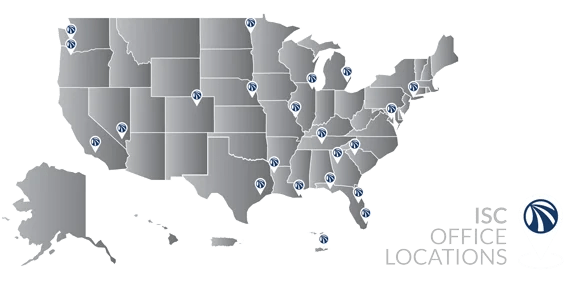Whether it is an active shooter, terrorist attack, natural disaster, major transportation accident, or pandemic, mass casualty incidents cause a significant strain on first responders providing necessary resources to care for the wounded and the deceased. Communities and their state counterparts are responsible for the coordination of resources and assets to support mass casualty and/or mass fatality needs. However, the need often exceeds available resources, requiring communities to effectively coordinate with nongovernmental organizations and whole community partners to address the needs of the affected population.
Considerations for MCI & MFI Planning
Over the past 20 years, communities have experienced an increase in the frequency of incidents resulting in mass casualties and fatalities. Approximately 83% of the population lives in urban areas, a figure and that is projected to increase to almost 90% in the next 30 years. Our nation’s largest cities are increasingly vulnerable to mass casualty incidents (MCI) and mass fatality incidents (MFI). Population density provides an ideal environment for the spread of infectious disease and many large cities are susceptible to catastrophic natural disasters, terrorist attacks, or other man-made catastrophes. Many cities are taking measures to mitigate these risks, but as populations continues to rise, the vulnerability will persist.
Communities must invest in developing MCI and MFI strategies long before a catastrophic incident occurs. Coordinating mass care and mass fatality operations is a complex and multi-faceted process that involves a multitude of partnering agencies. At ISC, we take a thorough and comprehensive approach to planning for MCI and MFI, offering clients strategies that are operationally relevant and implementable when catastrophe strikes.


